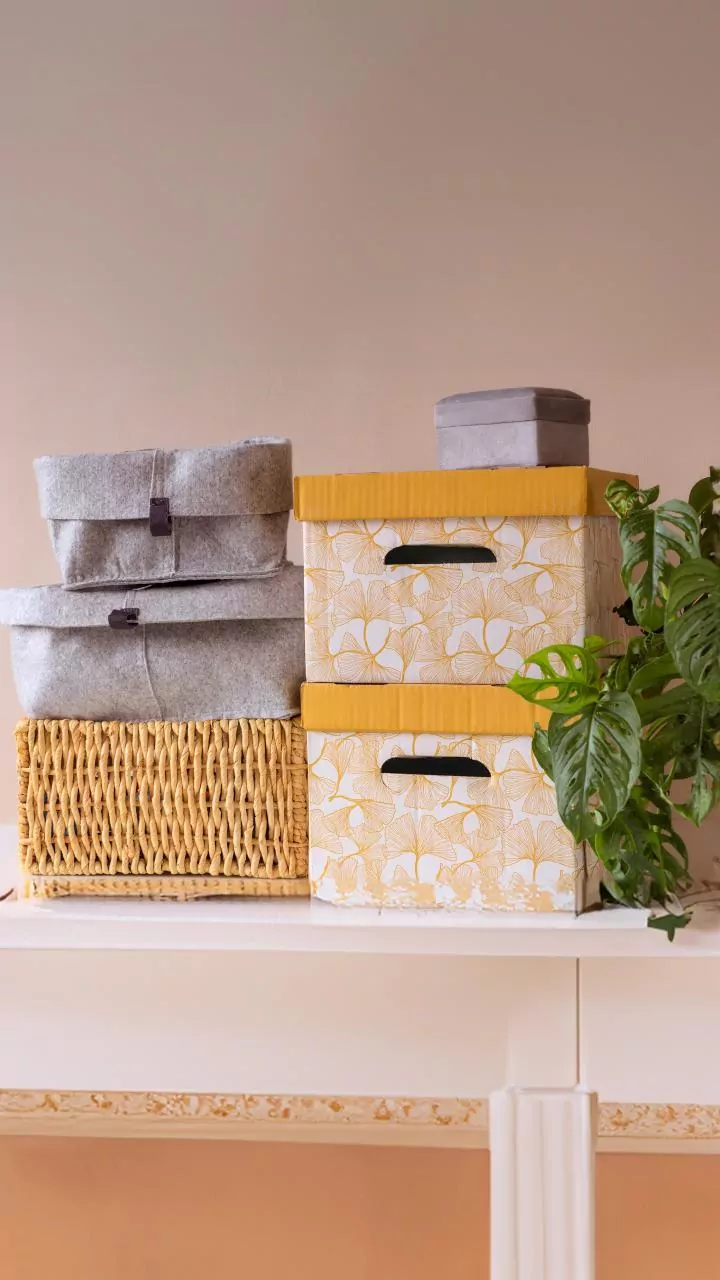Moisture's Silent Threat
The monsoon's humidity poses a significant risk to your blankets, which can become breeding grounds for mold and mildew if not properly cared for. The dampness
encourages the growth of these microorganisms, potentially leading to unpleasant odors and health issues like allergies. Furthermore, constant exposure to moisture can deteriorate the fabric fibers, shortening your blanket's lifespan. To avert these issues, proactive measures are essential. Consider using a dehumidifier in the room where you store your blankets to reduce humidity levels. Ensure good air circulation by occasionally airing out your blankets in a well-ventilated space, preferably indoors during heavy rain. Regular inspection for any signs of dampness, mold, or mildew is also crucial; early detection allows for prompt treatment and prevents further damage. Additionally, avoid storing damp blankets; ensure they are completely dry before placing them in storage to minimize the risk of moisture-related problems. By adopting these preventive strategies, you will preserve your blankets and maintain a healthier living environment.
Smart Washing Practices
Washing your blankets during the monsoon requires special care. Always check the care label on your blanket for specific washing instructions. For machine-washable blankets, use a mild detergent designed for delicate fabrics and avoid using excessive amounts. Overusing detergent can leave residue, which attracts moisture and causes musty smells. Opt for a gentle wash cycle with cold or lukewarm water to prevent shrinking or damage to the fibers. If your blanket is hand-washable, fill a tub with cool water and add the mild detergent. Gently submerge the blanket, agitating it softly. Rinse thoroughly until all the soap is gone. For both methods, drying your blanket properly is crucial. If you're using a machine dryer, choose a low-heat setting or the air-fluff setting to prevent damage. Consider adding dryer balls to help fluff the blanket and reduce drying time. For air-drying, place the blanket on a clean, flat surface indoors, in a well-ventilated area away from direct sunlight. Avoid hanging blankets outdoors during the monsoon to prevent them from absorbing moisture from the humid air. Proper washing and drying ensures your blankets remain fresh, clean, and ready for use throughout the monsoon.
Effective Drying Methods
Proper drying is as important as washing when it comes to maintaining your blanket's quality during the monsoon. If you use a dryer, ensure it is set to a low heat setting, as high heat can damage delicate fabrics or cause shrinkage. Air drying, though slower, is a gentler alternative. Choose a well-ventilated area indoors, such as a room with good airflow or near a window. Avoid direct sunlight, which can fade the fabric. Place the blanket flat or drape it over a clean, indoor drying rack. Rotating the blanket periodically helps ensure even drying. Alternatively, you can hang the blanket, though be mindful of its weight and the support structure. Ensure the drying area is protected from rain or excess humidity. Proper drying helps prevent musty odors and the growth of mold or mildew. Regardless of the method you choose, confirm your blanket is completely dry before storage. A dry blanket not only prevents the growth of unwanted organisms but also helps maintain its shape and texture, providing cozy comfort even during the wettest days of the monsoon. Check the blanket thoroughly, feeling for any damp spots, and repeat the drying process if necessary.
Storage Savvy Strategies
Correct storage is the final key to keeping your blankets fresh and ready for use throughout the monsoon. Before putting away your blankets, always ensure they are completely dry to prevent mold and mildew growth. Choose a cool, dry place for storage, preferably a closet or storage container away from direct sunlight and humidity. Use breathable storage containers such as cotton bags or storage bins to allow air circulation. Avoid using plastic bags, which can trap moisture and promote mildew growth. Consider adding silica gel packets or moisture-absorbing products to your storage containers to absorb any residual moisture. Place these packets or products throughout the blanket to ensure even moisture control. Regularly check the stored blankets for any signs of dampness or musty smells. If you notice any issues, remove the blankets, air them out, and re-dry them before putting them back. Periodically, you can take your blankets out of storage and air them out, even during the monsoon, to keep them fresh. Proper storage will keep your blankets in good condition, allowing you to enjoy them year after year.













